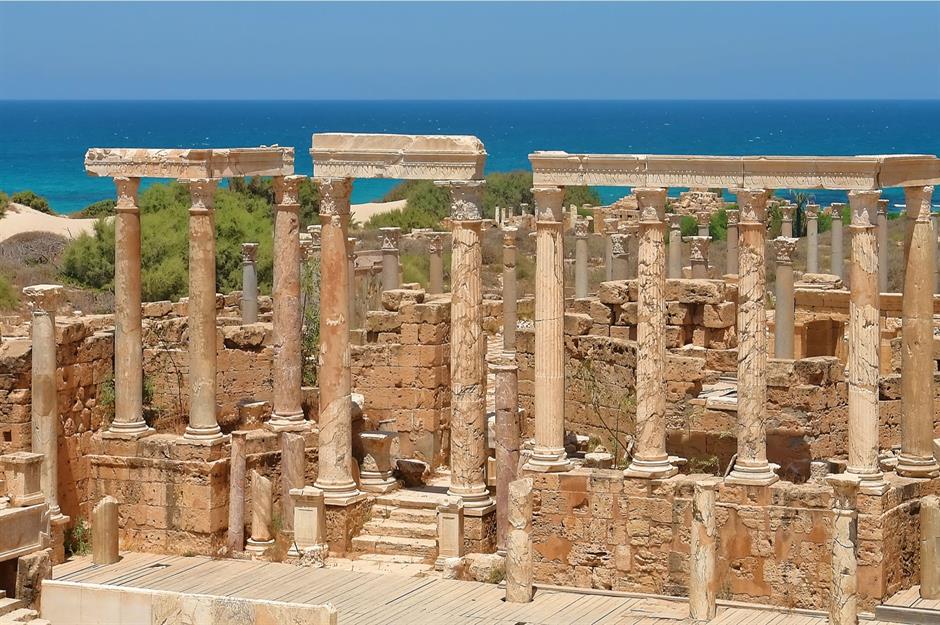

Read more: Cortés and Montezuma: the conquering of Tenochtitlan.In 1519, on the eve of the Spanish conquest, Tenochtitlán was probably the third-largest city in the world, with an estimated population of about 200,000. Through strategic alliances and military prowess, the Mexica transformed themselves from underdogs to rulers and, in 1428, they formed an alliance with two other cities to form the Aztec empire, with the city of Tenochtitlán its undisputed capital. The lake’s water level and canal system were controlled by an elaborate system of dams and channels. Remarkably, the Mexica thrived on this inauspicious site, cultivating maize on highly productive raised fields called chinampas built up from the lakebed. The Mexica were the last to arrive and, finding all of the most desirable land already occupied, were forced to settle on a swampy island on the waters of Lake Texcoco. Tenochtitlán was founded by the Mexica, one of seven groups of Aztec peoples to have migrated into the Valley of Mexico by around 1250. Why lost: Conquered and levelled by the Spanish under Hernán Cortés, 1521.Rising sea levels are threatening the site, and archaeologists are racing against time to address these most fundamental questions about Nan Madol before it is lost beneath the waves. The true (and doubtless more mundane) method by which such large stones were moved across the water and lifted into place remains unknown, as are the reasons how and why the site was abandoned in the mid-17th century. These tell of brothers Olisihpa and Olosohpa, who sailed across the seas to found Nan Madol, using magic to levitate the great stones used in its construction and founding a new religion to unify its people. In many ways Nan Madol captures the essence of Pacific culture, in which the vast ocean is seen not as a barrier but as a connected superhighway tying together distant islands and peoples.Īs with many places in the Pacific, our understanding of the past here comes from both archaeological excavations and from the rich oral history traditions of the region. (Image by Michael Runkel / robertharding via Getty Images) The means by which enormous stones were transported and lifted to build Nan Madol’s edifices remains a mystery. The Saudeleur dynasty, which founded the city, became increasingly tyrannical and autocratic over the centuries of its rule, demanding tributes of food staples taro, breadfruit and yams from neighbouring islands. The city emerged around 1,200 years ago and thrived for more than five centuries as a hub of inter-island trade and exchange. Consisting of more than 90 artificial islands, it is easy to see why this site has been dubbed the ‘Venice of the Pacific’.
MOST BEAUTIFUL ANCIENT CITIES SERIES
Why lost: Abandoned in the mid-17th century for unknown reasonsĪpproaching Nan Madol by canoe affords one of the most awe-inspiring vistas of any of the world’s ‘lost’ cities, yet only a few hundred visitors do so each year.īuilt on a series of small, low-lying coral reefs fringing Pohnpei, one of the Federated States of Micronesia, this complex is a remarkable feat of human engineering, its great stone walls rising out of the ocean waters.Built by: Saudeleur dynasty, from around the ninth century.What: Canal-laced city on a reef – the ‘Venice of the Pacific’.Where: Pohnpei, Federated States of Micronesia.


 0 kommentar(er)
0 kommentar(er)
